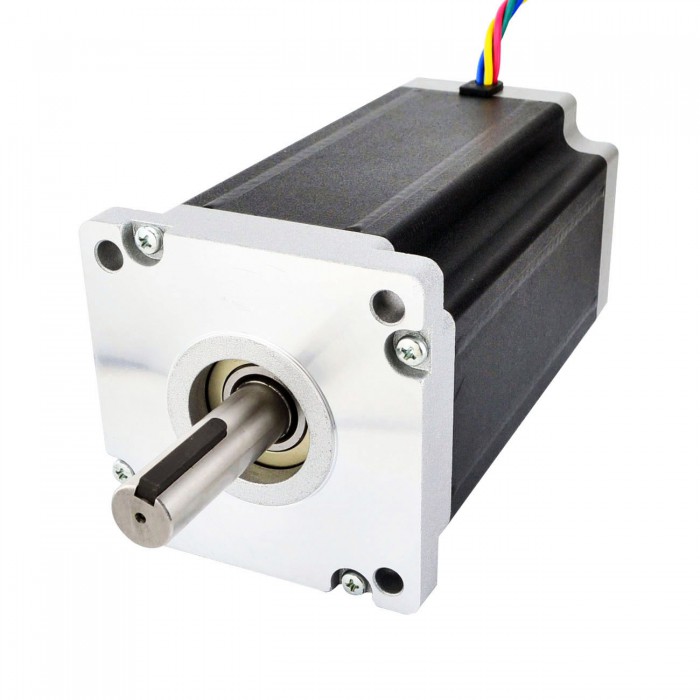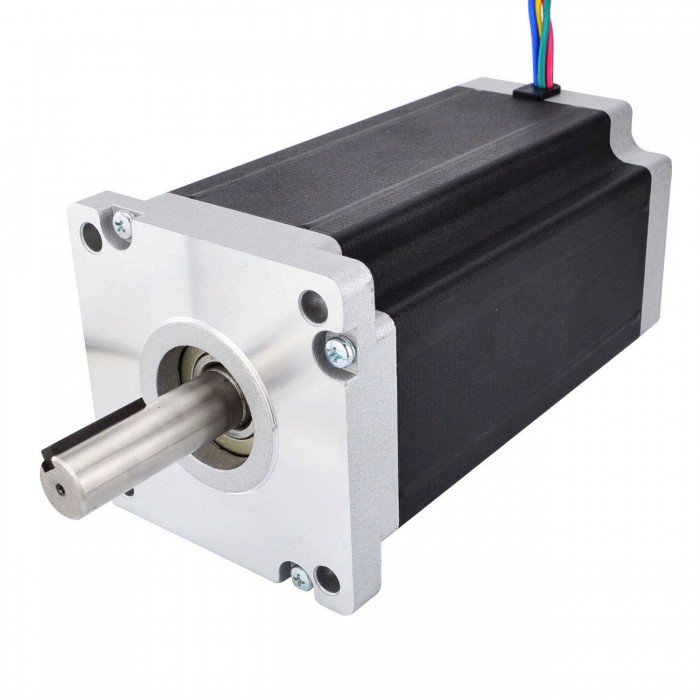Resolution is the distance over which a single encoder count takes place – it’s the smallest distance the encoder can measure. For rotary encoders, resolution is typically specified in terms of measuring units, or pulses, per revolution (PPR). Linear encoder resolution is most commonly specified as the distance over which the count takes place and is given in terms of microns (μm) or nanometers (nm). The resolution of an absolute encoder is specified in bits, since absolute encoders output binary “words” based on the encoder’s position.
Accuracy is the difference between the true position (or speed) of the device being measured and the position (or speed) reported by the encoder. For rotary encoders, it is specified in arcseconds or arcminutes, and for linear stepper motor encoders accuracy is typically given in microns.
Another term sometimes used in reference to encoder performance is “error.” Error is essentially the inverse of accuracy. In other words, accuracy specifies how close the encoder reading is to the true position, where error specifies how far the encoder is from the true position.

Factors that affect resolution
An encoder’s resolution is based on the number of lines (for an incremental encoder) or the pattern (for an absolute encoder) on the encoder disk or scale. Physically, resolution is fixed. Once an encoder is manufactured, there is no option to add more lines or patterns to the code disk.

Factors that affect accuracy
While the number of lines or measuring units determines resolution, accuracy is affected by the width and spacing of these lines or units. Inconsistent width and/or spacing will cause errors in the timing of the pulses. For absolute encoders, accuracy is influenced by the precision with which the pattern is placed on the code disk.

http://webautoshopper.com/cars/events/tops-on-choosing-a-stepper-motor-and-the-controller.html
http://bodybyhitch.com/shifouken43/blog/53/stepper-motor-controller-technology-overview



